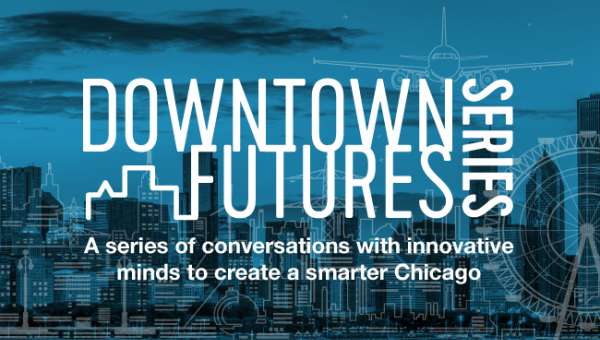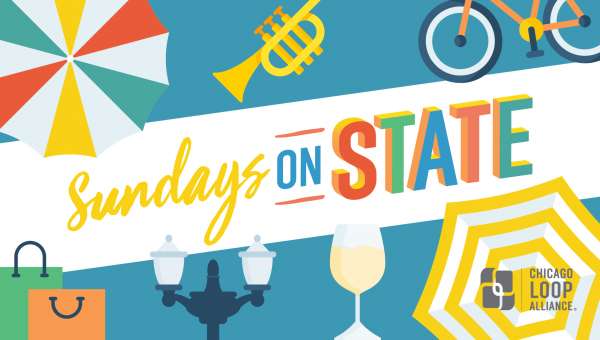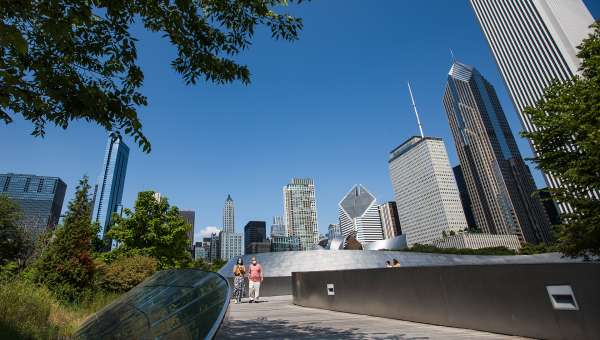Posted 3 years ago by Ariella Gibson
5 MIN READ - The restrictions faced by city residents around the world during the COVID-19 pandemic brought home just how much urban design can affect mental health. Designing cities for mental health and well-being was explored at Chicago Loop Alliance’s June 10 Downtown Futures Series webinar. View a recording of the full presentation here.
City dwellers with poor pedestrian or cycling infrastructure, limited access to parks and plazas, or no nearby public spaces for serendipitous human connection suffered in isolation during the COVID-19 pandemic. According to the Centers for Disease Control and Prevention, anxiety was three times more prevalent in 2020 than 2019, and depression was four times more prevalent.
How might a city designed with mental well-being in mind prevent such sharp declines in mental health during a collective crisis? How are leaders in Chicago planning with this in mind? In Downtown Futures Series: Designing Cities for Mental Health, professionals in environmental psychology, landscape architecture, and environmental restoration and conservation discussed how to seize the opportunity presented by the coronavirus pandemic to prioritize mental health in urban design.
Jenny Roe, Ph.D., Director of the Center for Design & Health at University of Virginia; and Margaret Frisbie, Executive Director of Friends of the Chicago River addressed virtual attendees from around the world and answered questions moderated by David Broz, Principal for Gensler and member of the Chicago Loop Alliance Board of Directors.
The event began with Jenny Roe sharing an overview of the principles in her book, “Restorative Cities: Urban Design for Mental Health.” There are seven pillars to restorative cities; they are inclusive, green, blue, sensory, neighborly, active, and playable. This is based on thousands of studies that show how certain settings foster psychological well-being and mental health.
Green cities have plenty of green space easily and equitably accessible to residents. This space must not only be created, but well maintained, which can be an issue in Chicago when it comes to securing funding. Blue cities have easily and equitably accessible water, like a river, lake, or water features like fountains. Chicago is obviously well positioned in this regard, and Margaret Frisbie later spoke in depth about how the Chicago River is an asset for mental health.
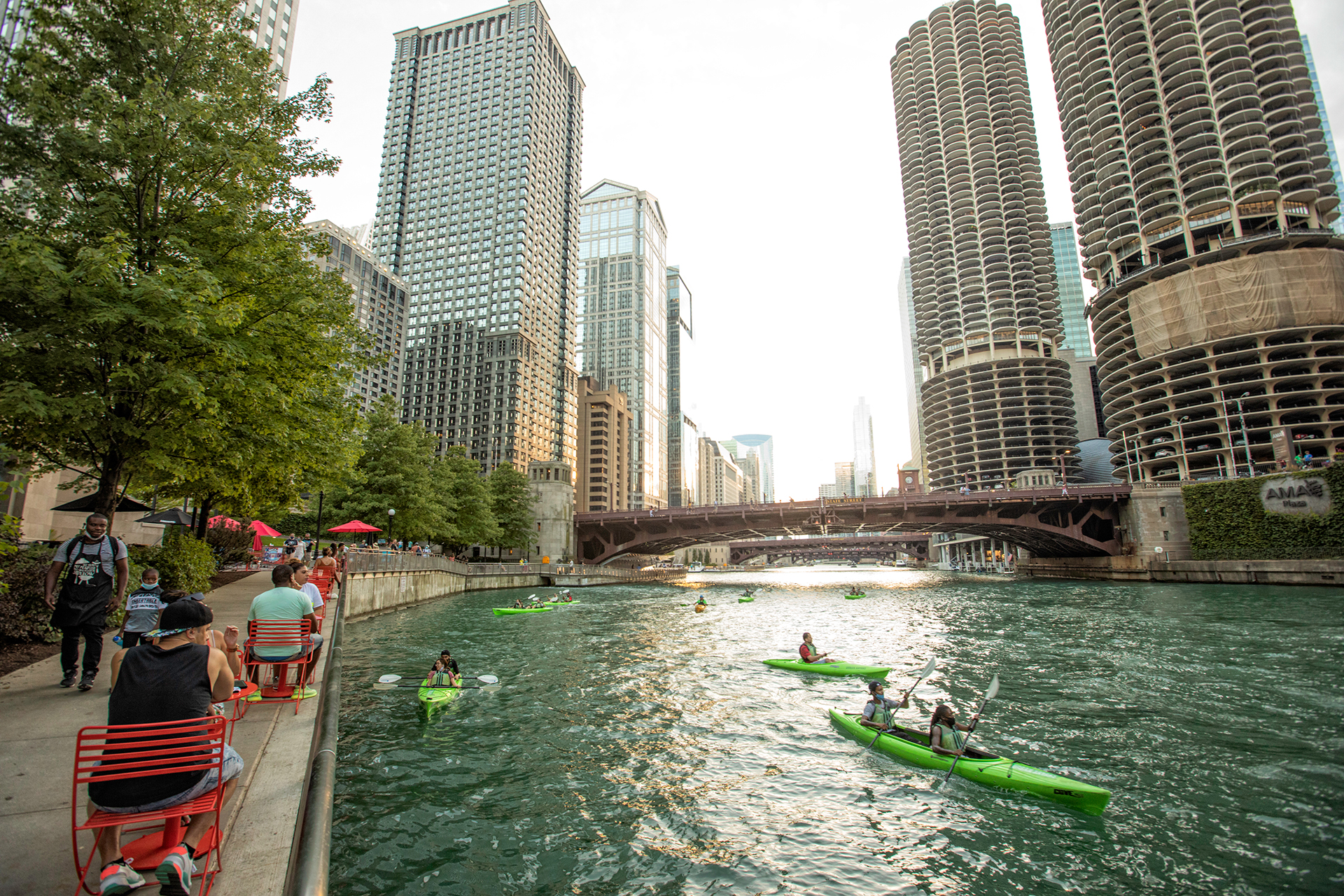
Sensory cities are designed for positive soundscapes and noise reduction; positive smells; and visual complexity. This can include interactive art installations, especially light installations that also serve a public safety function.
Neighborly cities are supportive of social relationships, and those with a strong sense of community are less likely to develop mental health issues. Design can encourage impromptu encounters at markets, coffee shops, parks, and mixed-use, walkable neighborhoods that encourage lingering. Housing in cities should be designed to promote social interaction across ages, incomes, ethnicities, and other populations. It is important when talking about a neighborly city to remember that those who live in a place need a voice in how it is designed.
Active cities integrate physical activity in everyday urban life, as physical health is related to mental, social, and cognitive well-being. Active cities offer a reduced risk of depression and anxiety, improved stress regulation, and improved brain health and memory functioning important in health aging and healthy child development. Some characteristics include mixed-use communities, multimodal streets, and good public transit.
Playable cities encourage social interaction across all ages in a playful capacity. This can manifest in the obvious ways -- playgrounds and areas specifically created for “pure play” -- but there is also a way to integrate the concept of play in all aspects of city design. Think of Cloud Gate (“The Bean”) in Millennium Park.
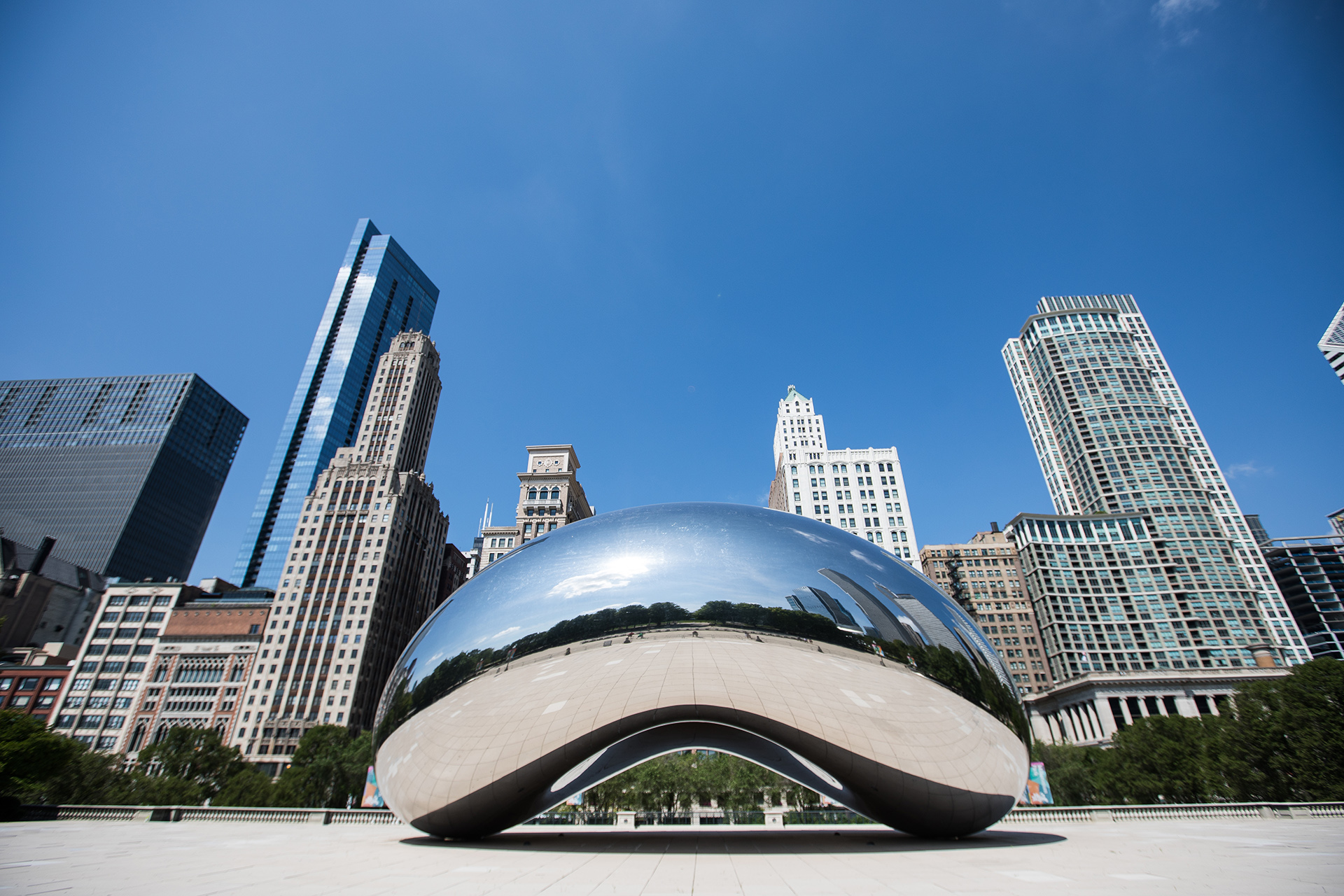
And finally, inclusive cities use design to fight segregation, exclusion, and prejudice, impacting the self esteem, dignity, and independence of those who live in a place. Achieving inclusivity will require attracting people to mixed-income, mixed-age neighborhoods and considering the needs of all residents in urban design.
Roe said if there are two things any city should do to become more restorative, it’s to increase curiosity or fascination and increase the opportunities for “being away” or escaping into nature.
Next, Margaret Frisbie, Executive Director of Friends of the Chicago River, discussed the importance of the river to Chicagoans’ mental health and the work her organization does to improve and maintain that space. Friends of the Chicago River manage education and outreach, on-the-ground projects, and long-term policy and planning for the river.
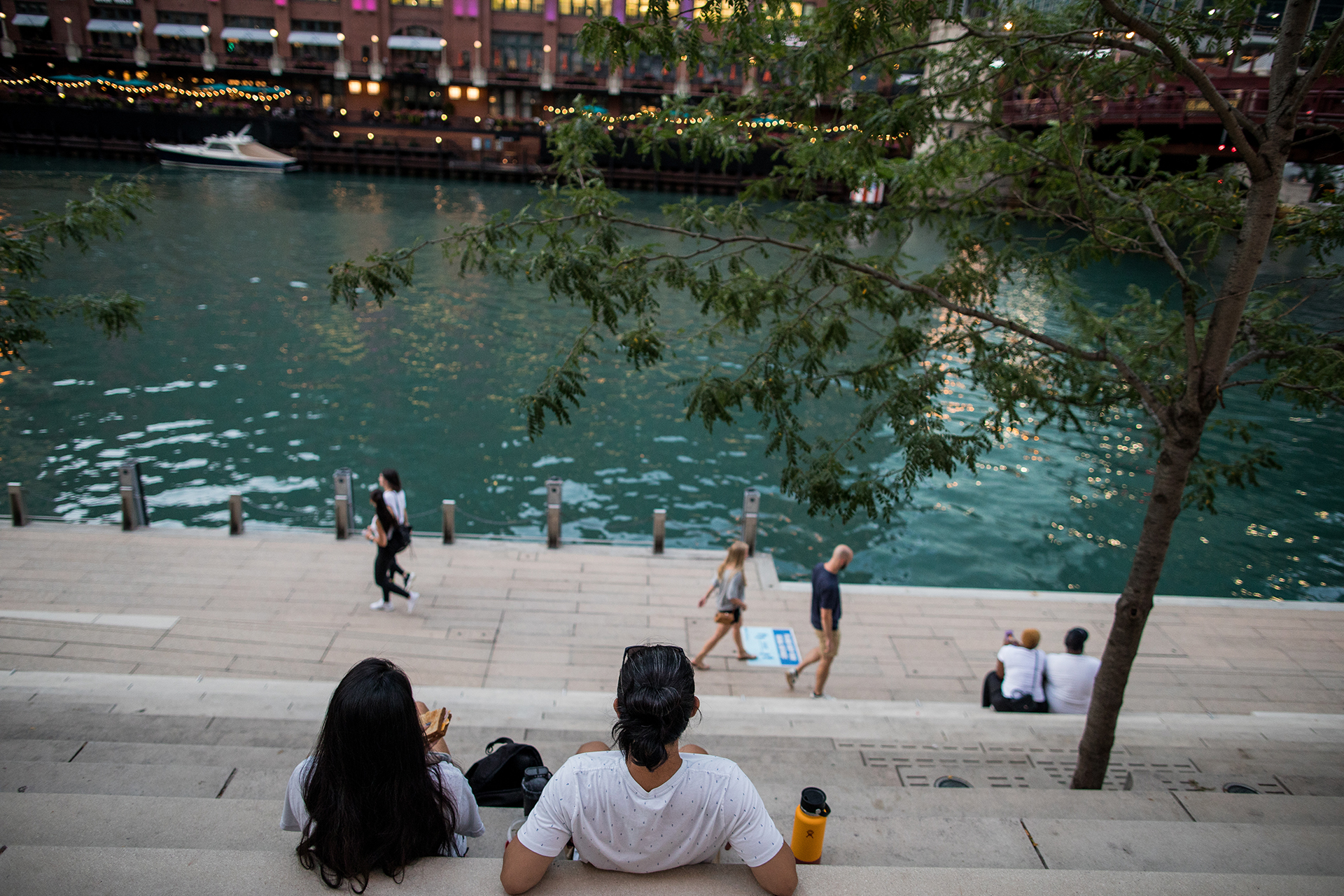
Frisbie said spending time along the Chicago River boosts one’s immune system, lowers blood pressure, reduces stress, improves one’s mood, increases one’s ability to focus, accelerates recovery from surgery or other illness, increases energy levels, improves sleep, and offers physical benefits with activities like hiking, biking, fishing, paddling, and simply being outside.
“Living in the city does not need to be devoid of living in nature,” Frisbie said. “We need to look where we live in these urban areas, roll up our sleeves, and work together to make sure we’re taking care of our natural resources. What’s good for wildlife is good for humans, too.”
The event concluded with a Q&A led by David Broz, using questions submitted by attendees. Topics included how residents can get involved in urban design, how to ensure restorative spaces benefit people from disinvested neighborhoods, how to make nature safe for all to experience, and how to address homelessness in cities.
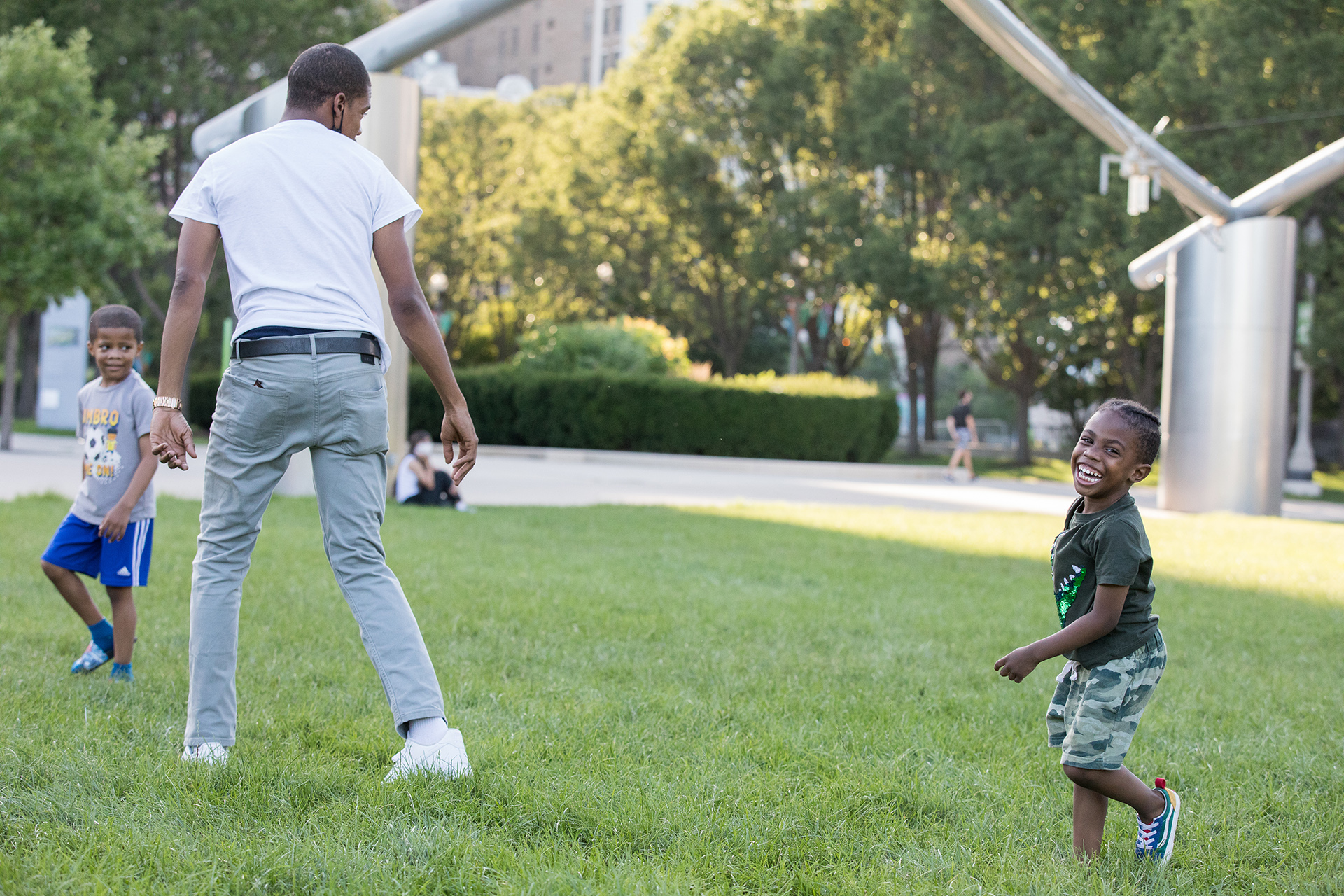
“Livable cities are sustainable cities, which are also wild cities,” Frisbie concluded. “If we want to have a future, that is our future. I just encourage you to get out and experience this river, and to pay attention to what else is here. Get out and discover it for yourself.”
Other opportunities to get out in the Loop this summer include two brand new programs from Chicago Loop Alliance: the Loop Mural Walk and Sundays on State. Both are free and open to the public, and allow people to experience public space in a fresh and exciting way.

